Agurang Kkotgerang (아구랑꽃게랑)
805.2627636367292m 84 2021-03-18
35-5, Dongho-ro, 24-gil, Jung-gu, Seoul
+82-2-2263-5554
This Korean cuisine is located near Dongguk Univ. Station, Seoul. The representative menu is soy sauce marinated crab. The favorite restaurant of Japanese tourists.
Dalkanmari Dwaejihangeun (닭한마리돼지한근)
806.1396286212056m 122 2021-03-18
33, Dongho-ro, 24-gil, Jung-gu, Seoul
+82-2-2285-5988
A restaurant recommended by members of the Jangchung-dong Cooperative of Shopkeepers. The representative menu is spicy braised chicken. This Korean cuisine is located near Dongguk Univ. Station, Seoul.
Uraeok (우래옥)
811.2535319182965m 36071 2021-03-24
62-29, Changgyeonggung-ro, Jung-gu, Seoul
+82-2-2265-0151
This 2020 Michelin Guide restaurant specializes in Pyongyang-style naengmyeon (Korean cold noodle). The best menu at this restaurant is pyeongyang cold buckwheat noodles. This Korean dishes restaurant is located in Jung-gu, Seoul.
Crap Hoe Fish - Jangchungdong Branch (크랩회피쉬 장충동)
813.7947989140187m 76 2021-03-19
27-4, Dongho-ro24-gil, Jung-gu, Seoul
+82-2-2269-9968
A restaurant where live seafood is prepared and served fast. The representative menu is sliced raw fish. This Korean cuisine is located near Dongguk Univ. Station, Seoul.
Mabongrim Wonjo Halmeonijip Tteokbokki (마복림원조할머니집떡볶이)
822.6616585238813m 18175 2021-03-29
5, Dasan-ro 35-gil, Jung-gu, Seoul
+82-2-2232-8930
Opened in 1953 by a woman known as Mabongnim, the restaurant takes pride in its 50-plus years of service. As Mabongnim gained popularity, other similar establishments opened nearby, and eventually, formed the now famous “Tteokbokki Street.” The elderly proprietor is well known, even starring in a red-pepper paste (gochujang) ad in the 1990's.
The secret of this restaurant’s tteokbokki lies in the fact that red pepper
paste is mixed with Chinese soybean paste for a sweet and spicy taste, but has now been adopted by other Sindang-dong restaurants. Nevertheless, there is something special about this restaurant’s fare. At present, Mabongnim’s daughters-in-law are running the restaurant.
Callejón de las Manitas de Cerdo de Jangchung-dong (장충동 족발 골목)
827.747387366025m 4336 2022-09-19
Jangchungdan-ro 176, Jung-gu, Seúl.
La historia del Callejón de las Manitas de Cerdo de Jangchung-dong empieza con los 2 restaurantes abiertos en el edificio Manjeong hace 52 años. Cuando uno ya llevaba 1 año trabajando, abrió sus puertas también el otro. Las manitas de cerdo no eran en principio el menú principal. Los comensales del restorán (el primero en abrir las puertas) que vendían tortitas y licor querían un plato que fuera barato, rico y que llenara mucho. La dueña inmediatamente pensó en las manitas de cerdo, que eran un plato preferido de su provincia y lo agregó en la carta del restorán, que se ha vuelto el menú simbólico del local. La dueña cuenta que hasta ahora no puede olvidar del sabor de las manitas de cerdo que había probado en su niñez, preparadas por su madre en invierno. Las manitas de cerdo de Jangchung-dong se popularizaron desde los años 70 y fue en esa época cuando se dio el auge de los restaurantes de este tipo. Se cree que la excelente calidad, cantidad y sabor de las manitas son las que mantienen hasta ahora su fama. El sabor del plato varía según el restorán que lo prepara, pero no se puede decir cuál es mejor o cuál es peor, ya que el gusto de cada uno es único y personal. Los acompañamientos como la torta de cebolla de verdeo o de soja verde también son exquisiteces que vale la pena probar.
Tiendas de Hanbok del Mercado Gwangjang (광장시장 한복매장)
830.9263782399313m 6416 2024-02-01
Changgyeonggung-ro, 88, Jongno-gu, Seúl
Jongjeom Tteokbokki (종점 떡볶이)
849.6581196511602m 8756 2020-04-09
217-1, Dasan-ro, Jung-gu, Seoul
+82-2-2234-3649
Jongjeom Tteokbokki opened in 1978 and has been a popular restaurant on Sindang-dong Tteokbokki Street since then. The restauant serves a special meal option of adding fried rice to tteokbokki.
Urijip Tteokbokki (우리집떡볶이)
849.6581196511602m 16172 2020-04-09
217-1, Dasan-ro, Jung-gu, Seoul
+82-2-2232-4531
Opened in 1979, Urijip Tteokbokki has operated for over 30 years in the same location. This restaurant has a spacious basement area which can accommodate up to 100 people. The restaurant is especially popular among Japanese tourists.
Wonjo 1ho Jangchungdong Halmeonijip(원조1호장충동할머니집)
850.8755266696858m 18910 2020-11-17
174, Jangchungdan-ro, Jung-gu, Seoul
+82-2-2279-9979, +82-2-2275-1064
Following his mother’s footsteps, the son of the previous owner is now managing the family business. Opened during the early years of Jokbal Street, the delicious meat at this restaurant is fondly remembered by customers. While the meat itself has almost no fat, the fat portion is extremely soft and savory. This restaurant is also different from the others in that it provides kongnamul-guk (bean sprout soup) with the jokbal (steamed pork hock). Pyeongyang-style naengmyeon (cold noodles) and tteok-mandu-guk (rice cake-dumpling soup) are also delicious. Pyeongyang naengmyeon is cooked to suit South Korean tastebuds. Besides, the noodles and dumplings are hand-made. Despite the restaurants long history, the building of the restaurant is clean and well-maintained as it was being rebuilt after a fire in the 1980s. There are plenty of tables on the first and second floors to accommodate customers, and the third floor is reserved for large groups. Especially noticeable is the clean appearance both inside and out, despite the restaurant’s long history; probably because the building was rebuilt after a fire in the 1980s. Plenty of tables on the first and second floors accommodate customers, and the third floor is reserved for large groups.
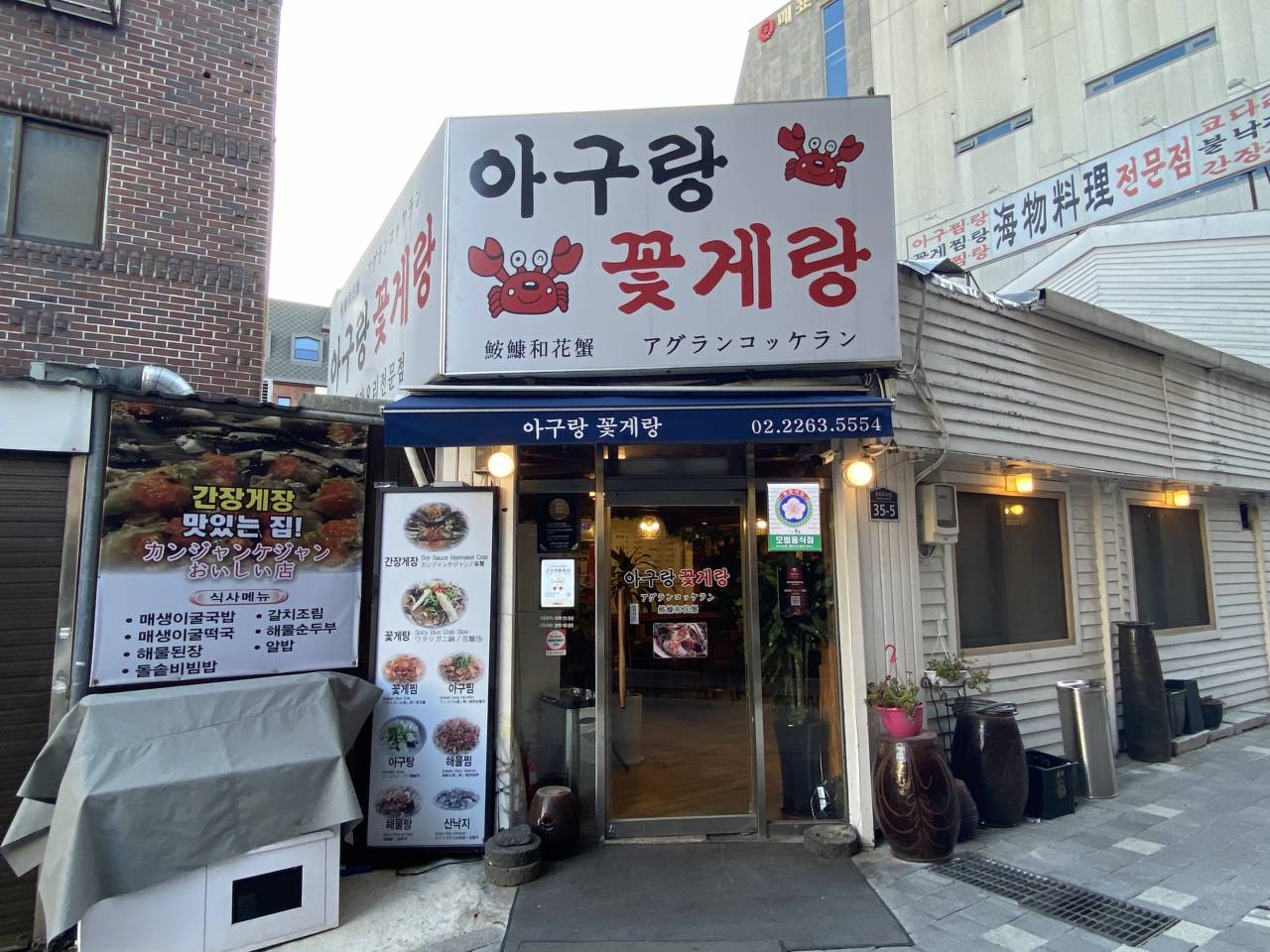
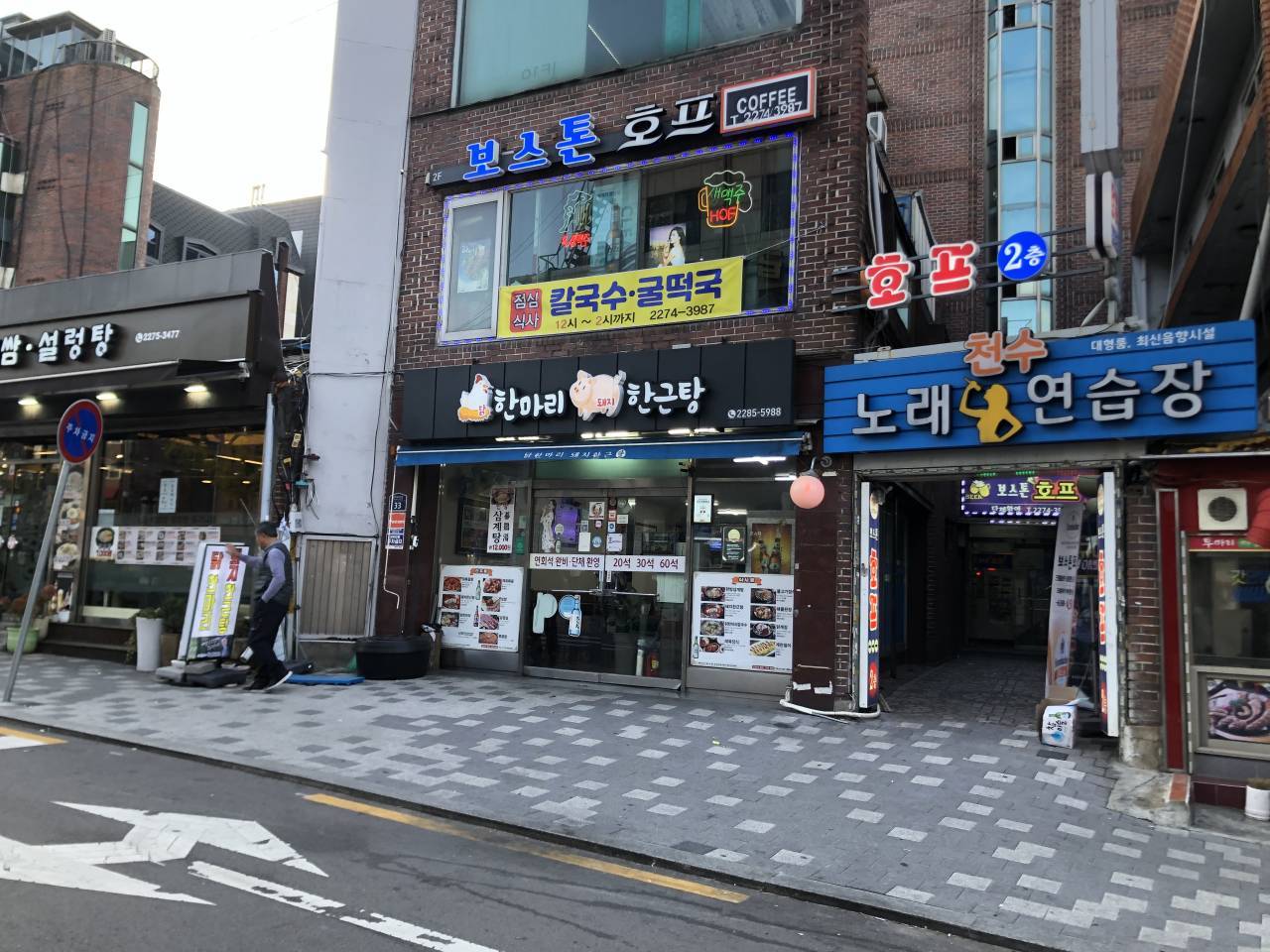

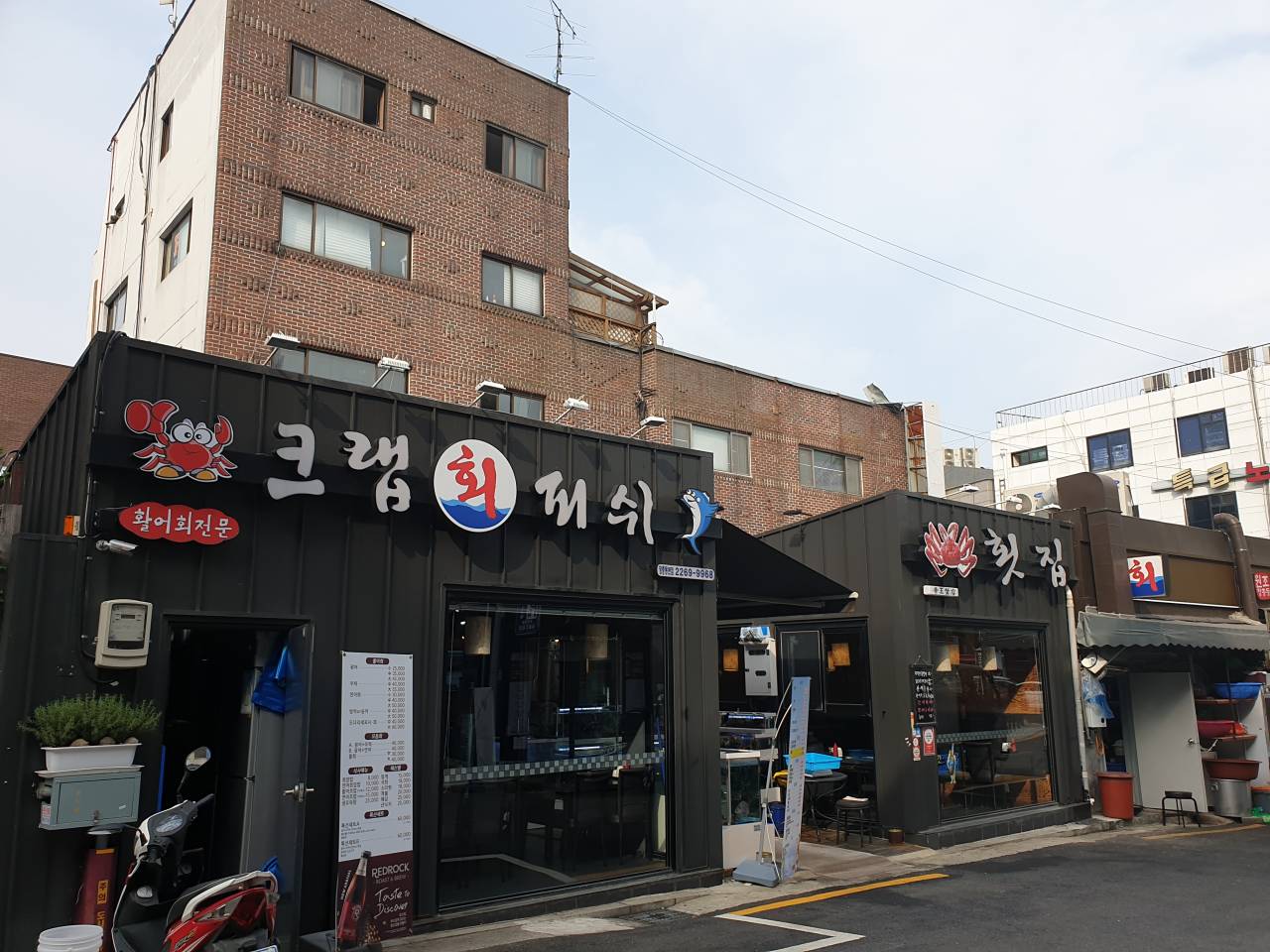
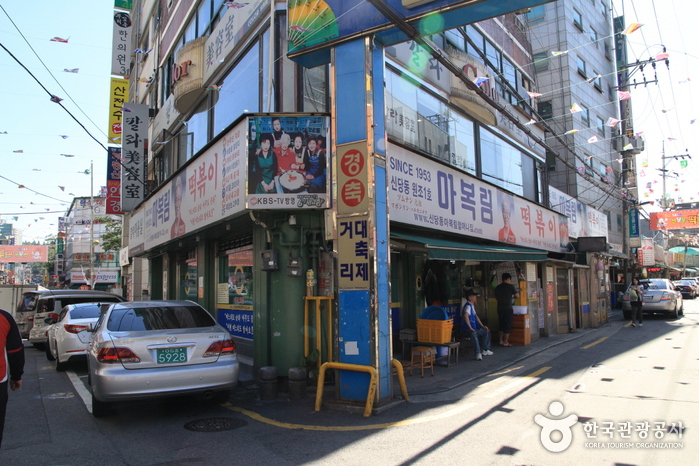
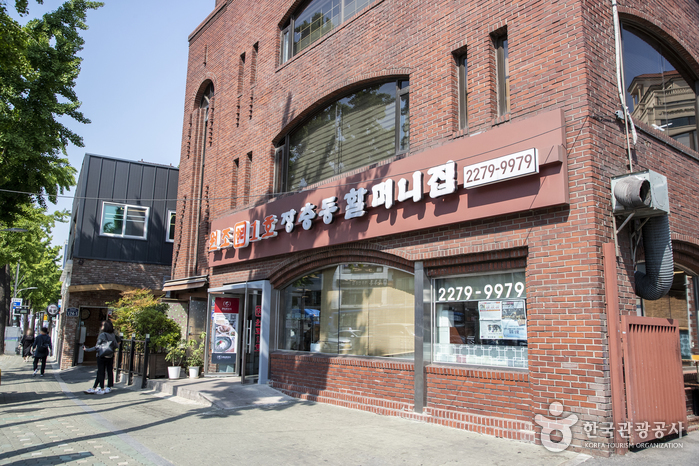
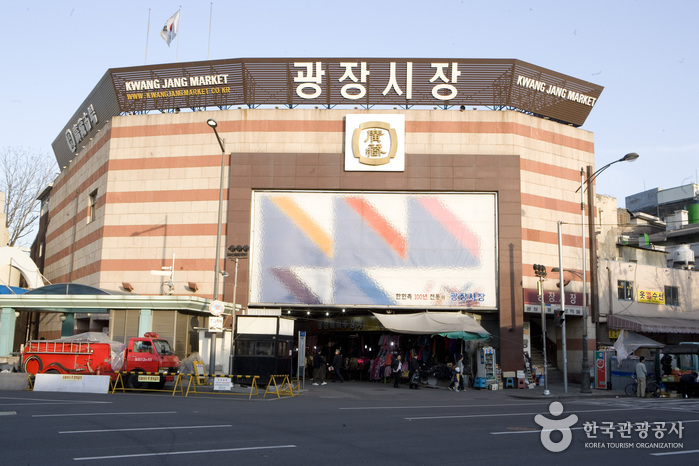
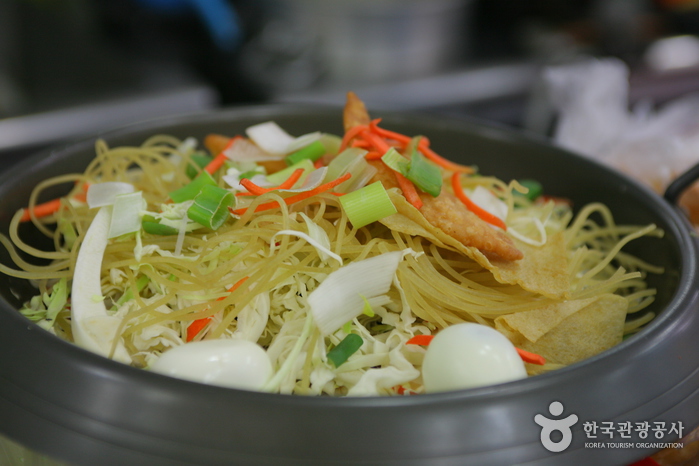

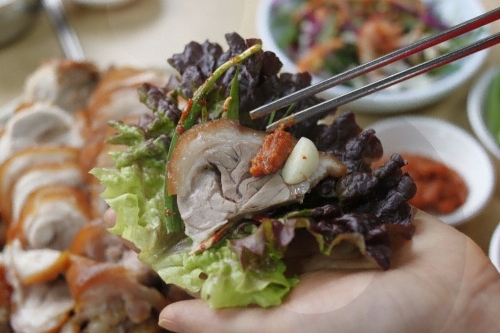
 Español
Español
 한국어
한국어 English
English 日本語
日本語 中文(简体)
中文(简体) Deutsch
Deutsch Français
Français Русский
Русский